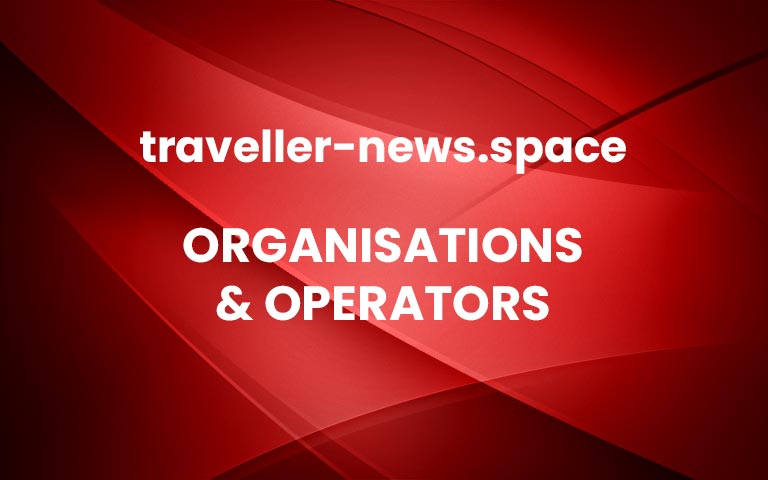Emirates, the world’s largest international airline, will return to ITB Berlin from 5 until 7 March in a major way, showcasing its latest signature products and reaffirming the airline’s longstanding commitment to Europe’s leading travel and trade show.
Emirates is gearing up for three action-packed days at ITB Berlin with plans to launch new partnerships and expand existing collaborations with local and regional travel partners – including air carriers to enhance connectivity for travellers headed to/from major European travel hubs; and strategic partnerships with travel and tourism entities to promote travel to and from Europe via joint marketing and other trade initiatives.
Visitors to the Emirates stand will have the opportunity to experience Emirates’ latest roster of innovative products and fan-favourites including the highly popular Emirates Premium Economy seat which will be showcased in Germany for the first time. Unveiled at the 2022 Arabian Travel Market in Dubai, Emirates’ Premium Economy product has so far won multiple awards and is available on 27 A380 aircraft flying to 15 destinations including New York JFK, Los Angeles, San Francisco, Houston, London Heathrow, Sydney, Auckland, Christchurch, Melbourne, Singapore, Tokyo, Mumbai, Bangalore, Sao Paulo and Dubai.
Also debuting for the first time at ITB Berlin is Emirates’ iconic Boeing 777-300ER game-changer First Class fully enclosed private suite. With the full range of onboard products on display, visitors can experience Emirates’ Boeing 777 Business Class seat, the newest generation of the A380 Onboard Lounge and First Class Shower Spa, as well as its generously pitched Economy Class seats.
Emirates will also dedicate an area to showcase its latest sustainability initiatives, including onboard items that incorporate responsibly-sourced materials, and items from ‘Air-crafted by Emirates’ – a unique collection of luggage, bags and accessories made from upcycled materials from retrofitted A380 aircraft. The airline’s sustainability efforts focus on three areas: reducing emissions, consuming responsibly, and protecting biodiversity and habitats.ADVERTISEMENTThe Emirates stand will also include four meeting spaces and can accommodate up to 200 visitors at any point in time.
Emirates and Europe
Emirates began air transport services to Europe in 1987 and has since grown its operations in line with demand to and from both major and secondary cities across Europe. The airline has played a vital role supporting the tourism flows, economic development, and job opportunities in the markets where it operates. Emirates’ footprint in Europe spans 39 destinations in 22 countries, as well as an additional 403 points beyond its own network through codeshare, intermodal and interline arrangements with 51 partners. Emirates aims to further expand its connectivity for travellers between Europe and the rest of the world on the back of ITB Berlin and in partnership with regional tourism bodies.
Over the past year, Emirates has carried more than 17.2 million passengers between Dubai and all of its European gateways, facilitating convenient and seamless air connectivity for customers to and from its Dubai hub, as well as beyond Dubai to more destinations in its global network.
ITB Berlin represents Emirates’ largest trade-fair presence outside its home market. The new 480 square metres, double-storey Emirates stand will make its world debut at ITB Berlin 2024 and is located in Hall 2.2, stand number 101.
Older
Choice Privileges Named Among America’s Best Loyalty Programs for Fourth Consecutive Year
Newer
ITB Berlin Convention 2024: Trends, Best-Practices and Top Innovations at first hand More


